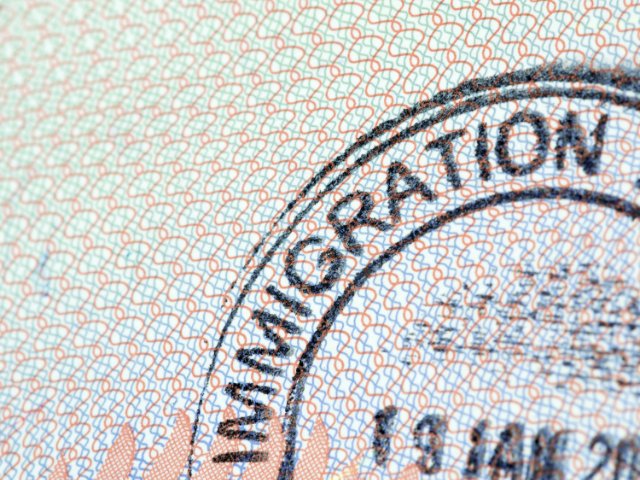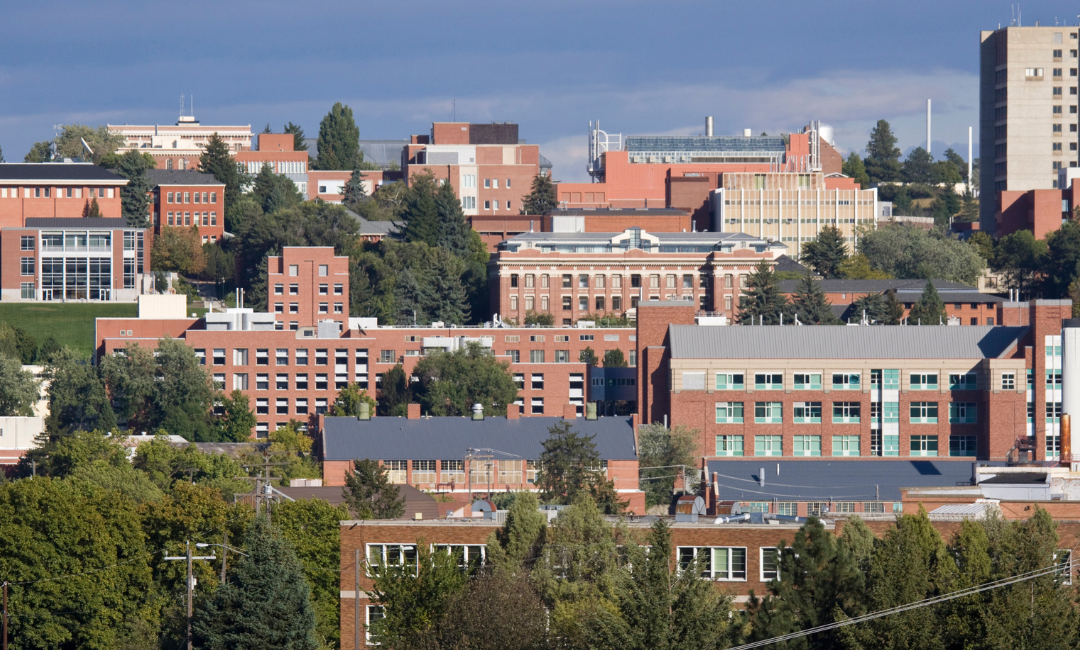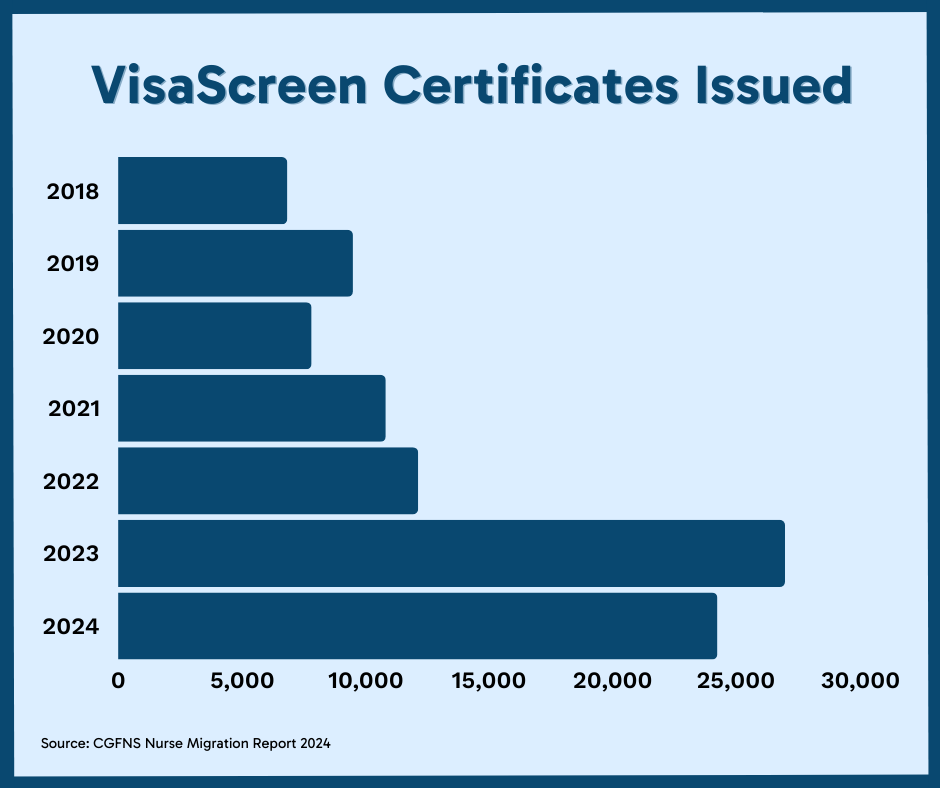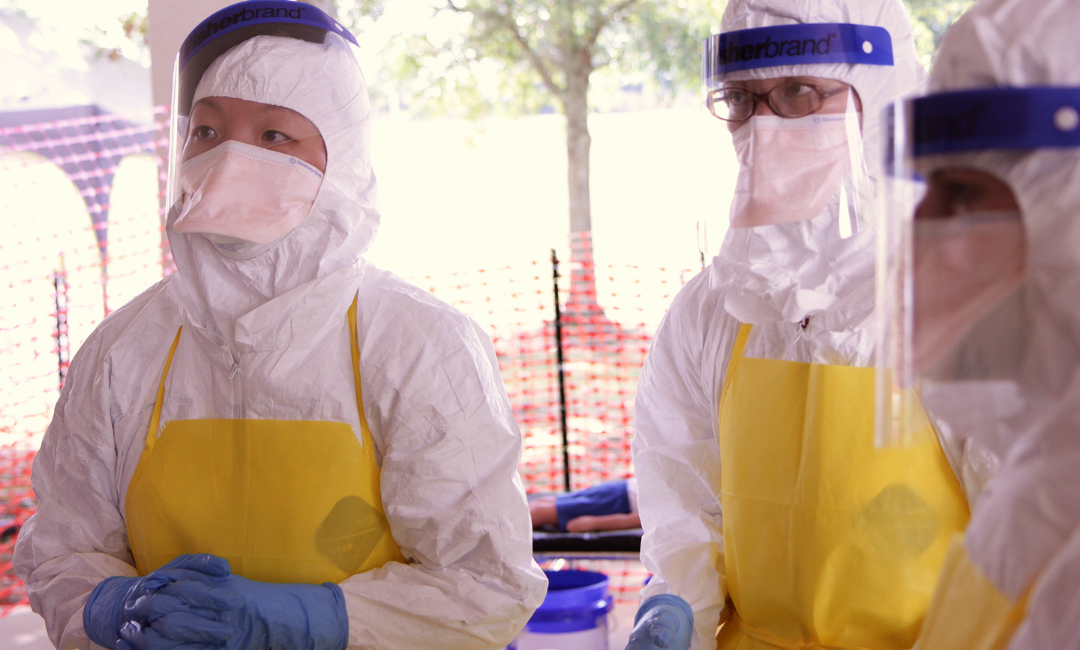Breaking Down Nurse Migration Data
CGFNS data is pulled from its VisaScreen applications, which were down 4.6% from 2023 but still 198% higher than in 2018. More than 50% of applicants were from the Philippines.
Overall, 86% of the VisaScreen certificates issued went to registered nurses (RNs).
CGFNS attributes the decrease from 2023 to 2024 to “visa retrogression,” a situation the organization said nearly doubled wait times for employment-based visas. But with the new fiscal year in October, “wait times eased to below two years,” the report stated.
One type of work visa, the H-1B, historically hasn’t included RNs because the role only requires a two-year degree, which doesn’t meet the “specialty occupation criteria.”
“Despite this long-standing limitation, a surprising shift occurred between 2022 and early 2024 as USCIS, without public announcement, began approving H-1B applications for some nurses working in specialized roles at magnet hospitals,” the report stated. “While these approvals initially provided a new pathway for advanced practice nurses and those in specialty roles, and thereby offering hospitals a chance to address critical staffing needs, the trend halted in the spring of 2024, creating uncertainty for applicants and employers alike and highlighting the complexities and unpredictability of H-1B visa availability for nursing professionals in the U.S.”









